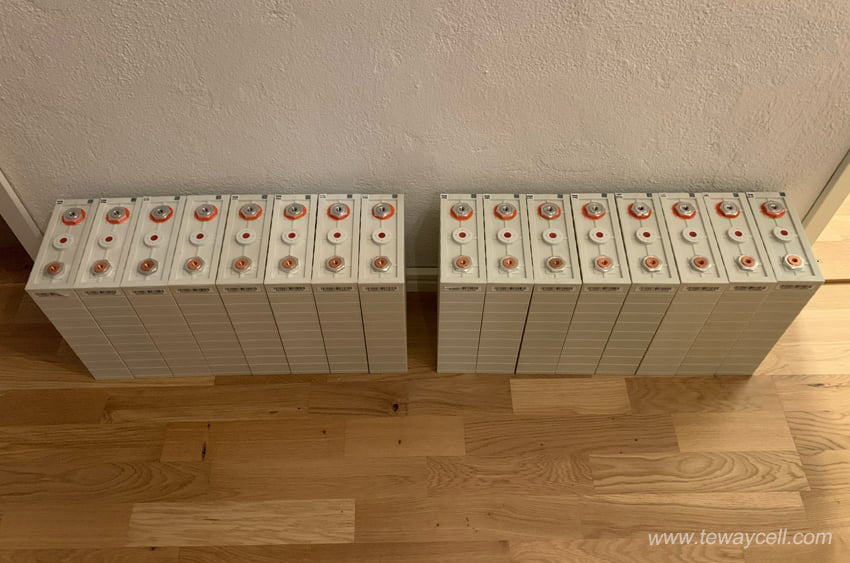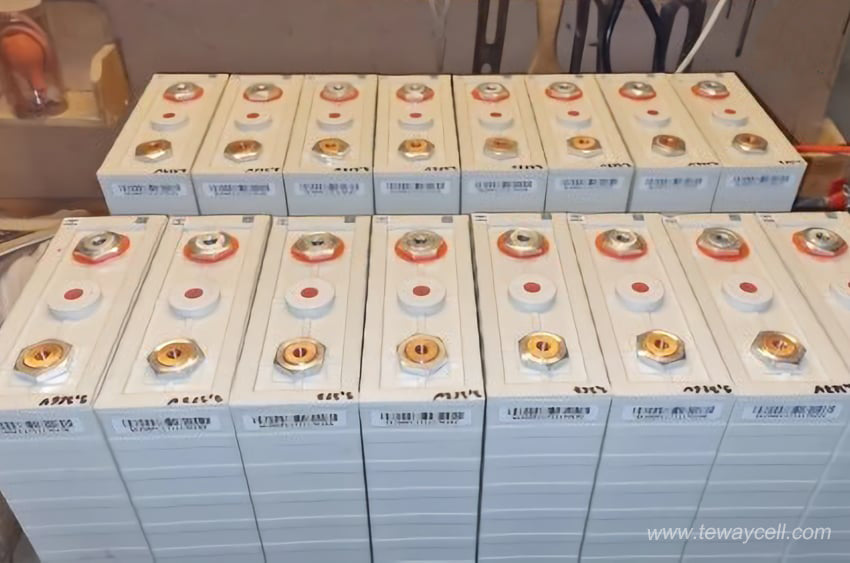LiFePO4 battery is currently the most popular of all batteries. Its stable performance and high safety are unforgettable, and the ease of installation has also made the LiFePO4 battery famous. However, in the process of using the battery, it is inevitable that there will be idle situations. When the battery is idle, how to properly store it is an important issue.
Why should store LiFePO4 Battery?

Reasonable storage of LiFePO4 batteries when they are idle is an important measure for LiFePO4 batteries. If the LiFePO4 batteries are directly stacked randomly and not stored in a proper way, the LiFePO4 batteries can easily be over-discharged, causing damage to the battery, and eventually, your money will be lost in vain. And improper storage may result in limited battery performance. For people who use batteries frequently, the issue of battery storage may not be considered often, but for people who only use batteries during certain periods (such as summer camping), reasonable storage of LiFePO4 batteries is very important.
How to store LiFePO4 Battery?

First of all, it is necessary to ensure the storage environment around the LiFePO4 battery. The battery storage environment should be dry and ventilated, regardless of the season. In addition, ensure that the SOC of the LiFePO4 battery is 50% or above, which is the best storage capacity, but be careful not to store at full SOC.
Summer Storage:
In summer, due to the relatively high temperature, the self-discharge rate of LiFePO4 batteries will be relatively higher, about 3-4% per month. Although the LiFePO4 battery is a high-temperature battery, it is best not to place it in a place that is too hot. An indoor room that is almost the same as the room temperature is the best choice.
Winter Storage:
Winter is the season when most people do battery storage. Because many people use LiFePO4 batteries as camping batteries, they will not be of much use in winter. During winter, the temperature is relatively low, and in some areas it may reach -20°C. Since the battery is actually a chemical reaction, in winter, the self-discharge rate of the battery will be relatively low, about 2~3% per month. However, it should be noted that when storing batteries in winter, it is best to ensure that the battery storage temperature is higher than room temperature, especially in an environment of -20°C. Too low temperature is not a good thing for batteries. Again, it should be stored indoors. More information can be found in: LiFePO4 Battery Winterize.
It should be noted that when LiFePO4 batteries are stored, all loads need to be disconnected. That is, the positive and negative electrodes are completely reserved. It is not recommended to store the BMS/inverter/charger, etc. connected to the battery, as it will speed up the consumption of the battery. If you have to do this, be sure to use a battery protector to prevent battery abnormalities. Of course, don’t forget to re-balance the LiFePO4 battery when you want to re-enable it after battery storage.
The following is the storage time and the corresponding temperature recommendation, of course, this is not absolute, just a value worthy of reference, I hope it can help you.
Storage for about 1 month: 0°C ~ 40°C
Storage for 3 months (one season): -10°C ~ 35°C
Long-term storage (about 6 months): -10°C ~ 25°C
It is worth mentioning that the LiFePO4 battery needs to be taken out for a complete cycle after about half a year of storage to ensure the performance of the battery.
Summary
We all know the advantages of the LiFePO4 battery very well, and how to maintain the best performance of the battery is what we need to consider. Proper storage of LiFePO4 batteries when they are not in use is a good way to effectively increase the life of LiFePO4 batteries and maintain performance.









